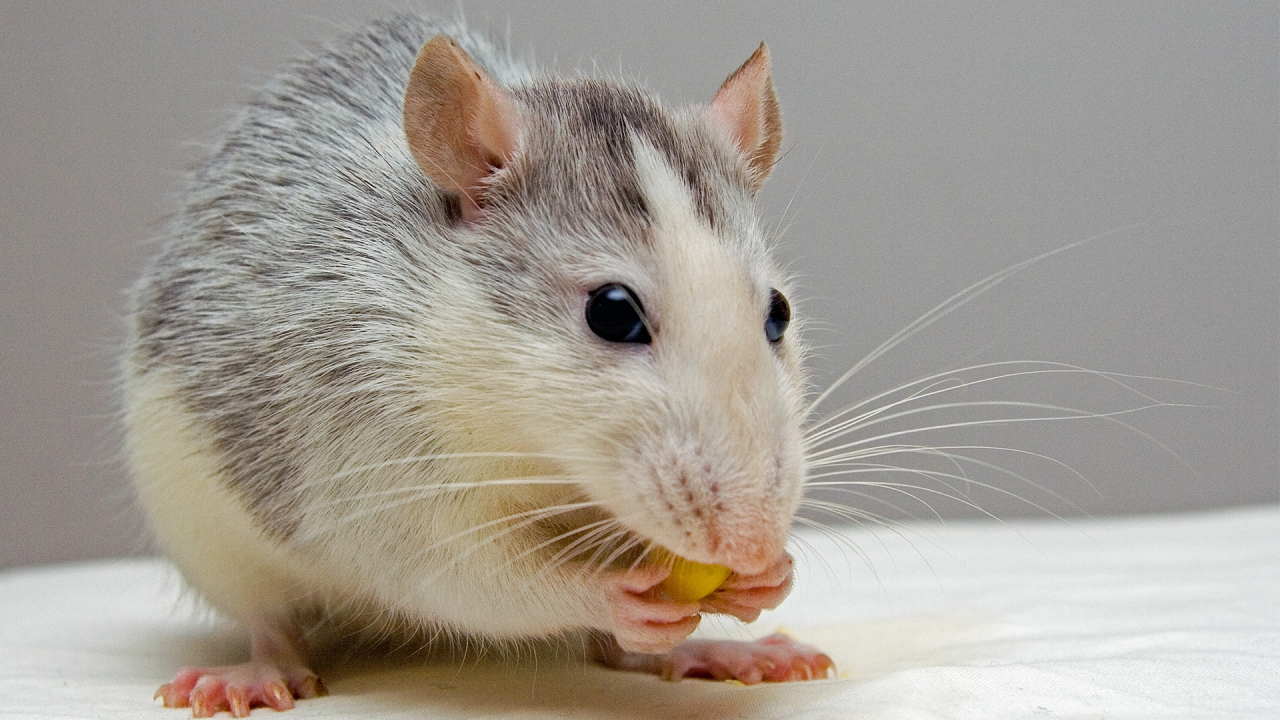How Many Bones Does a Rat Have: Unraveling the Rodent Skeletal System
Rats, often considered pests, are fascinating creatures with unique characteristics. One aspect of their biology that sparks curiosity is their skeletal system. Many wonder, "How many bones does a rat have?" In this article, we will explore the intricacies of a rat's skeletal structure, shedding light on the number of bones and their functions.
1. The World of Rats

Rats
Before we delve into the specifics of rat bones, it's important to briefly introduce these small mammals:
a. Rat Varieties: There are various species of rats, with the most common being the brown rat (Rattus norvegicus) and the black rat (Rattus rattus).
b. Ubiquity: Rats are found worldwide and have adapted to various environments, from urban settings to natural habitats.
2. The Rat Skeletal System
The rat's skeletal system plays a crucial role in its anatomy and functionality:
a. Functions: The skeleton provides support, protects vital organs, facilitates movement, and serves as a reservoir for minerals like calcium and phosphorus.
b. Comparative Anatomy: Studying rat skeletons can provide insights into mammalian anatomy due to the similarities between rat and human bone structures.
3. The Number of Bones in a Rat
Rats have a surprisingly high number of bones compared to their size:
a. Bones in an Adult Rat: An adult rat typically has around 223 to 227 bones.
b. Variability: The exact number of bones can vary slightly among individual rats due to genetic factors and other variables.
4. The Rat's Skull
The rat's skull is a notable part of its skeletal system:
a. Cranium: The cranium, or skull, is composed of fused bones that protect the brain.
b. Jaw: Rats have powerful jaws with sharp incisors that continuously grow, necessitating gnawing to prevent overgrowth.
5. The Vertebral Column

Vertebral Column
Rat's vertebral columns are similar to those of other mammals:
a. Vertebrae: The vertebral column consists of numerous vertebrae, including cervical, thoracic, lumbar, sacral, and caudal vertebrae.
b. Tail: The caudal vertebrae extend into the tail, providing flexibility and balance.
6. Limbs and Appendicular Skeleton
Rat limbs are essential for movement and daily activities:
a. Forelimbs: Rats have well-developed forelimbs with a shoulder joint, humerus, radius, ulna, and phalanges.
b. Hindlimbs: Hindlimbs include the femur, tibia, fibula, and phalanges. Rats are agile climbers and runners due to their limb structure.
7. Ribcage and Thoracic Skeleton
The ribcage protects vital organs and plays a role in respiration:
a. Ribs: Rats have a set of ribs attached to the thoracic vertebrae and sternum.
b. Breathing: The movement of the ribcage during breathing allows rats to exchange gases efficiently.
8. Growth and Development
Rats, like other mammals, undergo significant skeletal changes during their life cycle:
a. Growth Plates: Young rats have growth plates at the ends of their long bones, which ossify as they mature.
b. Bone Remodeling: Rats engage in bone remodeling, where old bone tissue is replaced by new, maintaining skeletal health.
The question of how many bones a rat has unveils the intricate nature of these small mammals. With over 200 bones in their skeletal system, rats are anatomical marvels adapted to their environment and lifestyle. Understanding the rat's skeletal structure not only offers insights into the animal itself but also contributes to our broader knowledge of mammalian anatomy. Whether viewed as pests or subjects of scientific study, rats continue to captivate our curiosity and serve as valuable models in various fields of research.